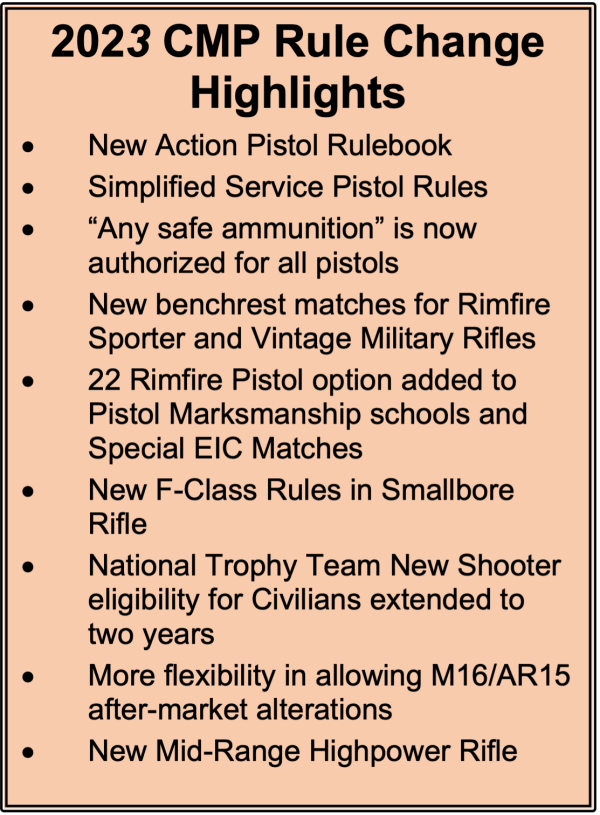Michigan Deer Habitat Improvements
 Southeast Lower Peninsula – Jackson and Washtenaw Counties A lovely spot for deer hunting is Sharonville State Game Area in Grass Lake. With a combination of agricultural fields, forested ridges and open grasslands, Sharonville has outstanding deer habitat. With money from the 2014 Wildlife Habitat Grant program, extensive work has been done this spring and summer to increase hunter accessibility to the area, especially for hunters with disabilities as part of the Michigan Operation Freedom Outdoors partnership. Food plots have also been planted in several parts of the game area to improve deer habitat. Take a trip to Sharonville this fall!
Southeast Lower Peninsula – Jackson and Washtenaw Counties A lovely spot for deer hunting is Sharonville State Game Area in Grass Lake. With a combination of agricultural fields, forested ridges and open grasslands, Sharonville has outstanding deer habitat. With money from the 2014 Wildlife Habitat Grant program, extensive work has been done this spring and summer to increase hunter accessibility to the area, especially for hunters with disabilities as part of the Michigan Operation Freedom Outdoors partnership. Food plots have also been planted in several parts of the game area to improve deer habitat. Take a trip to Sharonville this fall!
South Central Lower Peninsula – Gratiot County Gratiot-Saginaw State Game Area is seeing positive improvements for deer and deer hunters alike. Currently, within the Gratiot-Saginaw State Game Area, timber sales have created great young forest that deer will use as food and cover. Several areas also have been mowed for more accessible hunting places for hunters and grazing habitat for deer. If you’ve never visited or hunted Gratiot-Saginaw, you will find over 16,000 acres to explore. Take the time this deer season to expand your hunting range! 
Upper Peninsula – Southern Marquette County Several small openings, totaling 16 acres, have been planted to rye or mowed in southern Marquette County this year to provide a great food source for deer. The openings are located on a two-track used by hunters, just north of the deer wintering complex, and were last managed in 2009 with U.P. Whitetails helping to sponsor the project. “This is great to be able to work these fields again,” said DNR wildlife biologist Brian Roell. “Because of the new license structure, the fields have been put back into production, providing more great places for deer and deer hunters.”
Northern Lower Peninsula – Isabella and Midland Counties Sometimes access to public land can be a big draw to hunters establishing deer camps and looking to find an area to hunt. In both Midland and Isabella counties, thousands of acres of public land are available for those not wanting to travel too far north. Major highways and county roads can get you to these areas for a quick hunt after work or a weekend of hunting, not driving. Recently road work was completed on two-tracks into the public land in order for the roads to be passable by vehicles. “These counties can have some pretty wet low-lying areas, great for hunting, but hard to maintain good vehicle access,” said DNR wildlife biologist Bruce Barlow. “We try to make sure areas are accessible with a few roads, but balancing the habitat to provide a great hunting experience.” Visit Mi-HUNT to see public lands in the area to plan your hunting adventure.





